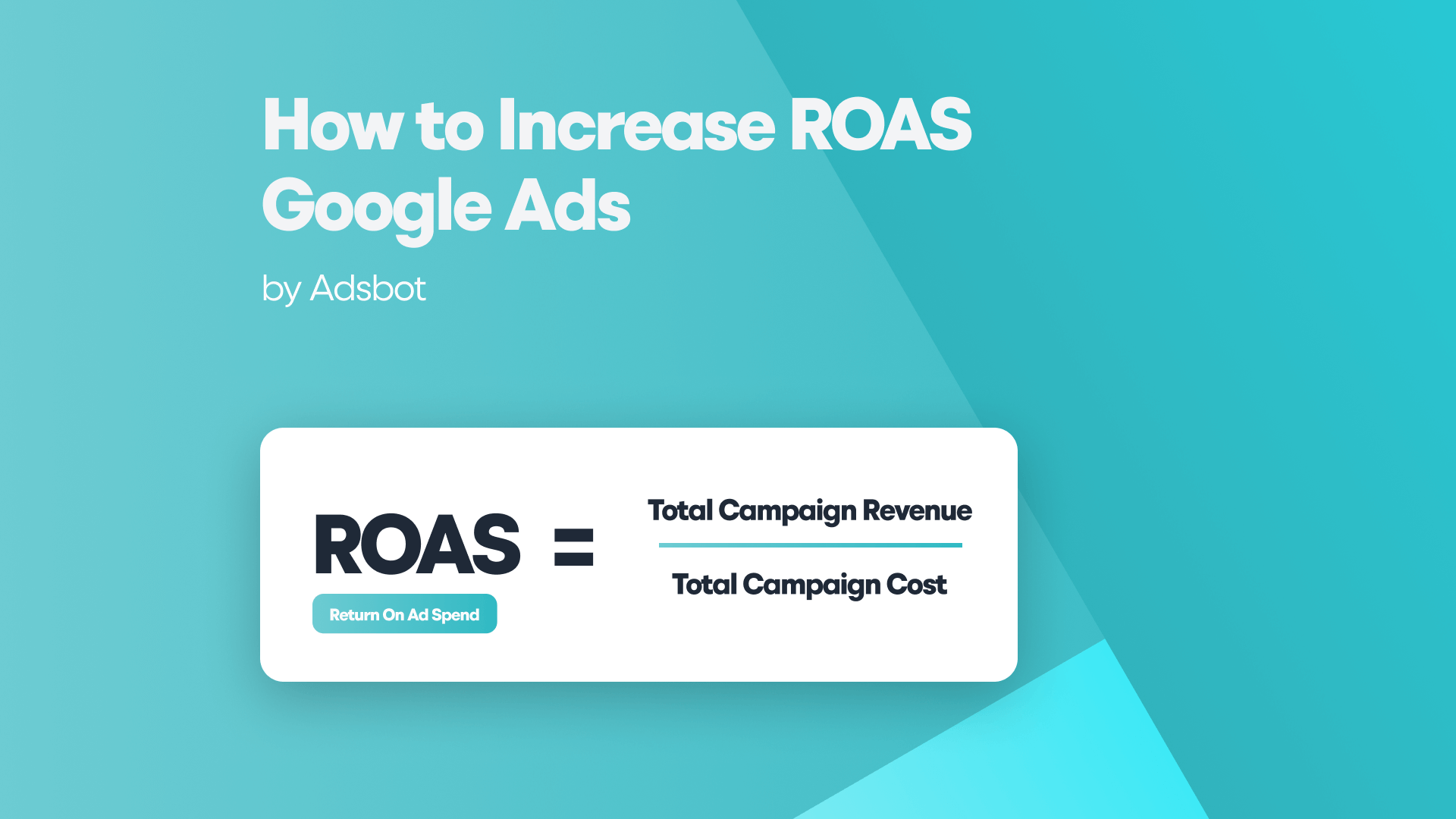One of your main objectives when operating Google Ads advertising campaigns is probably to optimize your return on ad spend (ROAS). A crucial indicator of the efficiency & profitability of your advertising activities is ROAS. We’ll discuss the idea of ROAS— Also, its significance in advertising too. Also, we will offer important tips to improve your ROAS in Google Ads in this blog article. We’ll also talk about how optimizing landing pages and ad text may lead to increased ROAS. Let’s start now!
Understanding ROAS in Google Ads
The term “ROAS,” or return on ad spend, refers to a metric used to compare the income from your advertising efforts to the money you spent on them. It is computed by dividing the whole revenue from your advertisements by their cost. Amazing, right? ROAS gives you useful information about the financial success of your advertising initiatives & enables you to assess the effectiveness of your marketing expenditures.
ROAS’s importance in advertising
Because it directly links advertising spending to income, ROAS is an important statistic. In order to optimize their marketing tactics, it enables marketers to evaluate the success of their campaigns. You may determine which campaigns, keywords, or ad groups are best. And you can then spend your money appropriately.
Key Techniques for Increasing ROAS in Google Ads
To reach the most appropriate audience for your goods or services, narrow down your targeting possibilities. This is to target visitors who are more likely to convert, employ audience targeting tools like demographics, interests, and remarketing.
Improve your bids & keywords: To find high-performing terms with clear commercial intent, do extensive keyword research & analysis. Adapt your bidding strategy to concentrate on keywords. These keywords should promote conversions and change your bids in response to their effectiveness.
Make your text more relevant & effective: Create effective advertising copy that speaks to your target market. To encourage clicks and conversions, emphasize the distinctive value proposition of your services. You can also utilize persuasive language. In order to preserve relevancy and a smooth user experience, make sure that your advertising corresponds with the landing sites they send consumers to.
Improve the user experience on your landing pages by reducing the user path, speeding up page load time, and emphasizing and compelling your call-to-action. Your conversion rate may be considerably impacted by a well-designed and user-friendly landing page, which will eventually boost your ROAS.
Optimizing Ad Copy and Landing Pages for ROAS
In order to increase conversions and your ROAS, your landing pages & ad text are essential. Here are some vital pointers for improving them:
Ad message customization: Match your ad wording to the search query’s purpose. To promote click-throughs and conversions, use pertinent keywords, highlight distinctive selling propositions. And convey a sense of urgency or exclusivity.
Try out other options: To find the ads that best connect with your audience, A/B test several ad creatives. Try out various headlines, descriptions, and calls to action to determine which ones get the highest conversion rates.
Improve the look of the landing page: Make sure your landing pages are mobile-friendly, aesthetically pleasing & simple to use. Maintain a simple, clutter-free design, clearly display your call to action, and eliminate any potential deterrents to conversion.
continuously assess and improve: Keep a close eye on the effectiveness of your advertisements. Also landing pages, and conversion rates. To further boost your ROAS, analyze the data to find areas that need improvement and make data-driven adjustments.
FAQ
What is a good ROAS for Google Ads?
Depending on the sector, business style, and profit margins, a good ROAS might differ. However, a ROAS of 300% or greater is typically regarded as outstanding, meaning you’re making at least $3 for every dollar you spend on advertising. In the end, how you define a successful ROAS will rely on the particular aims and objectives of your company.
Why is my ROAS so low?
Low ROAS in Google Ads can be caused by a number of variables. The incorrect audience was targeted, the ad text was weak, the landing page experience was subpar, or bids were placed on keywords with little conversion potential. You may enhance your strategy and raise your ROAS by analyzing the data from your campaigns and finding areas for improvement.
What does a 300% ROAS mean?
A 300% ROAS indicates that you are making three dollars in revenue for every dollar you spend on advertising. When you make more money than you spend on a campaign, this is a sign of high campaign profitability. A 300% ROAS is indicative of effective and fruitful advertising efforts, but it’s crucial to continuously develop and seek for even bigger returns.
Popular Posts
-
How Many Keywords Should Be In an Ad Group in Google Ads?
Ever wondered if your Google Ads campaigns are packed with…
Read more -
Google Ads Script for Dummies: An Introduction
Imagine you have an e-commerce website that sells licensed superhero…
Read more -
Google Ads Sitelink Character Limits
Your Google Ads are cutting off in the middle of…
Read more -
What Is Conversion Value in Google Ads?
What if you could put a price tag on every…
Read more
Register for our Free 14-day Trial now!
No credit card required, cancel anytime.





